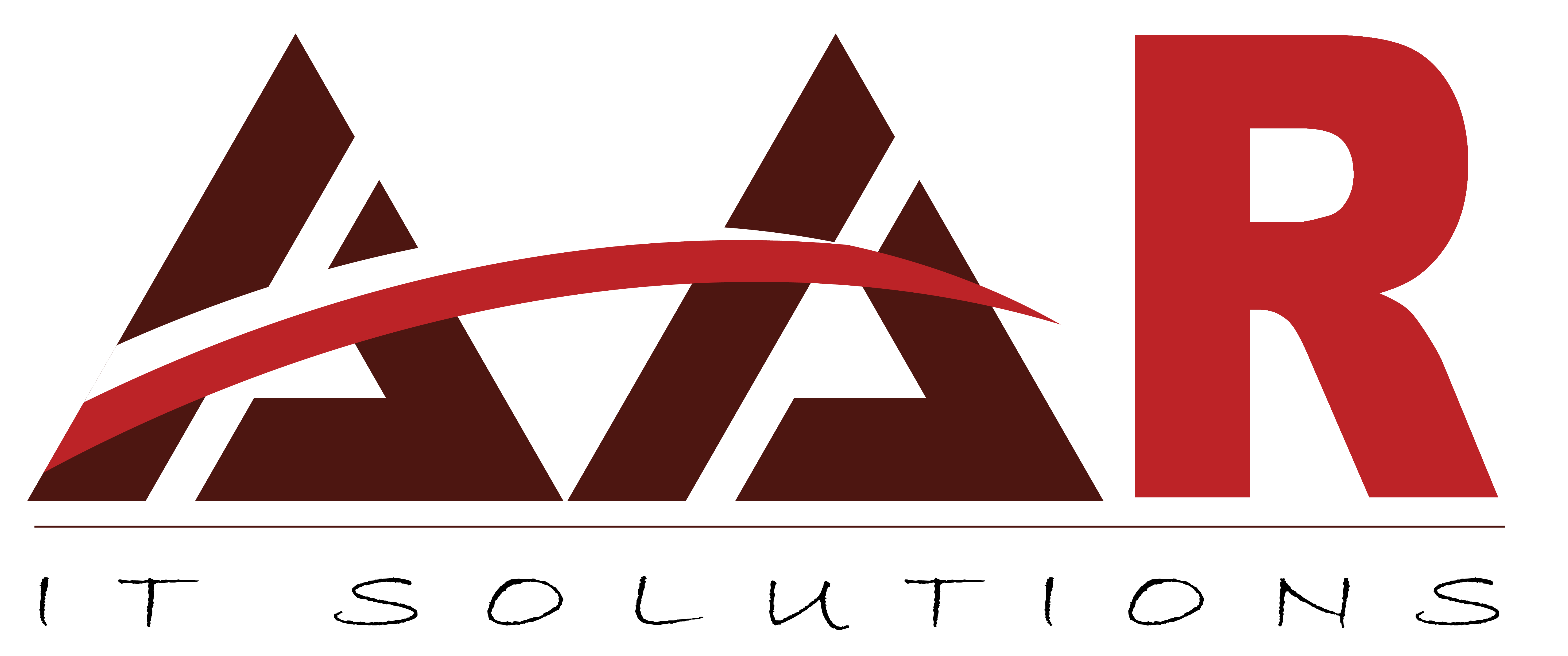The idea of Zero Paper Initiation is to create a workspace to eliminate or reduce the usage of paper. Corporate world says it as office of the future. In other words, you’ll spend less on paper and printing supplies. This initiation started to digitalize the system in the daily workflow. Going paperless saves a lot of money and it makes information sharing lot easier. The concept boosts the productivity, save space and more importantly it keeps personal information more secure. Beyond all, it gives a satisfaction that we are helping the environment. Going paperless, do not limit an organization to communicate outside the office.
Tools AAR uses for Zero Paper Initiation
Now we have lot of tools to replace for a paperless workspace. Some are as follows:
Digital Signature – This is the normal procedure for all the companies to send documents and return it to them by signing them. In most cases user do multi step process to respond. Like print, sign, scan and send. In Zero paper initiation, AAR is using services like PDF, DocuSign and EverSign to rule out these steps and user can do a digital signature by click on the link sent via email. These services come with a small price, but it save lot of money and space we spend for the book keeping.
Portable Document Format (PDF) – PDF is lifesaver and used for multiple actions. User can create, display and interact with electronic documents and forms.
E-mail – This is widely used by most of the world. Email is a form of communication, allows user to send and receive information including files in the form of attachment
Payroll system – Now say no to mail the paystubs. AAR currently using Patriot, it’s a great tool to run payroll and send invoices to the clients.
IT Management Software – Book keeping is not easy when the company size is large. AAR uses Zoho a web based business tool. It is an all in one solution for many actions in a daily workspace.



